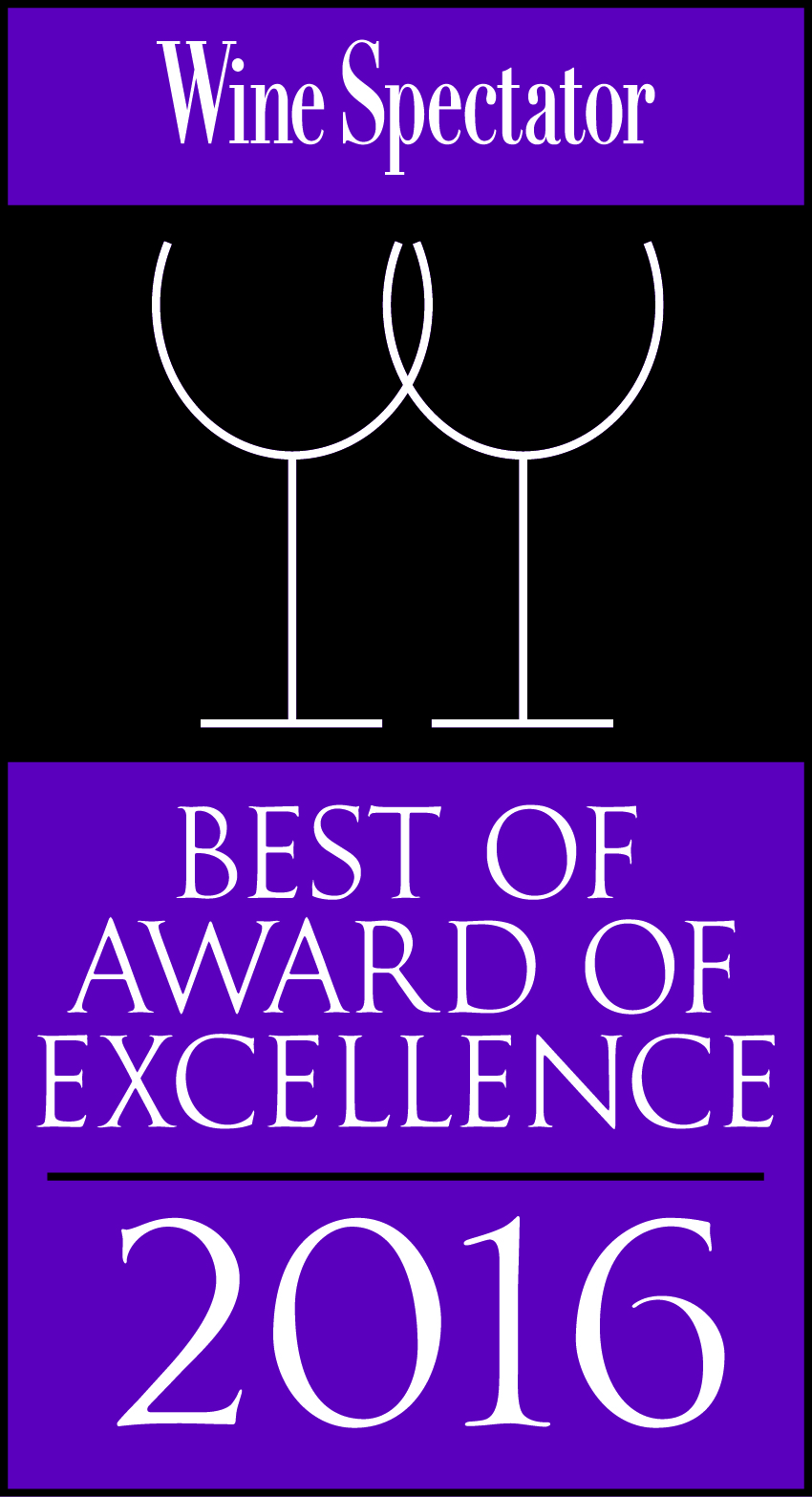About Soju
About Soju
December 20,2010
It may seem socially irresponsible when describing Korean culture to start with a look at the country¡¯s most potent method of attaining rambling, retching drunkenness, yet the fact remains that soju is one of the first pieces of pure Korean culture that foreigners get to experience first hand. It also acts as a vital social lubricant among the Koreans themselves, bearing witness to business deals, family get-togethers, birthdays and first dates, as well as making teaching English to kindergarten kids fitfully bearable for foreigners. So what if it happens to be one of the worst tasting alcoholic beverages ever consumed by rational human beings – Canterbury Draught, all is forgiven – and you wake up the next morning a few IQ points lighter? Koreans are proud of their indigenous drink, and justifiably so. Where else in the world has the issue of industrial pollution been solved by bottling it and selling it back to the populace as a dinner accompaniment?
This from the esteemed Lonely Planet Guide to Korea: ¡°[Soju is] a robust drink distilled from rice, yams or tapioca, and potent as toilet bowl cleanser.¡± And how. Yet at first sight, soju has such an unassuming appearance. It ranges in hue from crystal clear – like the purest spring water, though should you mistake it for water, do not expect to survive through the night – to milky white, depending on the brand. Soju has been served to non-discerning Koreans since around 1300 AD, after introduction from mainland China. Actually, it appears that in the early years after it¡¯s arrival in Korea, soju was used mainly for medicinal purposes, probably as a powerful anesthetic. However, it is easy to imagine the nervous Koreans turning to soju as a liquid form of stress relief after yet another invasion from the Chinese or Japanese hoards. After all, if your country has been invaded over 900 times in 2000 years of recorded history, a stiff drink is never going to go amiss, is it? (A funny side note: during the Chosun period of Korean history, soju had become so popular that it was suggested to the king that distillers be taken away from the commoners because they were using too much of their rice to make soju, and did not have enough left to eat.)
Soju is generally served straight, either sipped or shot from a 50ml glass. It has a 24% alcohol percentage, though some traditional, expensive brands can reach 45%, and it is usually sold in bottles of around 330ml, though you can get it in 1.5 litre bottles. After some days teaching, alcohol poisoning is the only answer. Now, the popularity of soju today in Korea cannot be overestimated. Walk past any restaurant – and Korea has thousands upon thousands of eating establishments per city – and you will find tables littered with soju bottles at varying levels, and the restaurants littered with customers at varying levels of intoxication. Add to this the curious phenomenon of soju tents, which are quite literally tents along the side of a city street that serve soju with a variety of food, and you have a country very much dedicated to the consumption of this liquor. And it comes down to one thing (okay, one thing not counting traditional and cultural factors, but let¡¯s keep this simple): it¡¯s cheap. You can get a 330ml bottle of soju for just over 1000 won, which to put it into a NZ context, is like being able to buy a bottle of wine (12% alcohol) for around 2 dollars. It is more than enough to make you reassess your idea of what tastes ¡°good¡± or not.
There seems to be a distinct difference in opinion between the sexes about soju in Korea. Korean men appear to love the stuff, and will take any opportunity to knock it back. Many of them claim that soju increases stamina, but as a Canadian friend of mine pointed out, throwing up in the street and then falling asleep in the back of your car can hardly be mistaken for stamina. However, this is not to say that Korean men are soft touches when it comes to drinking. Far from it. After all, this is the country that has just passed legislation allowing all alcohol-related accidents to be covered by workplace insurance. It is particularly unwise for a foreigner to attempt to match Korean men shot for shot on soju, especially if you want to keep your dignity. Or your pants – there has been a distressingly high number of incidents involving grown Western men parading around sans clothes after a night on the soju.
Mention the word soju to most Korean women and the response you get is something approaching a mild panic – an explosive squeal of disgust, a deeply pained expression, head shaking, hand waving. That¡¯s not to say they don¡¯t drink it – I have personally witnessed many of my female colleagues suffer the effects, both during and after, of drinking copious amounts of soju. It¡¯s just they don¡¯t seem particularly like it, even as they pour it down their throats.
And the foreign opinion? I am yet to meet anyone who professes love for it, though there are a few who don¡¯t mind it at all. Most, however, merely see it as a necessary evil, or to put it another way, a cheap way of getting absolutely smashed. Soju to me tastes similar to the worst tequila I have ever tried, except a good deal worse (of course, good tequila is an oxymoron, so maybe that is a bad example). It manages to give the impression of what it would be like to drink ethanol mixed with water, a streamlined, no-frills form of alcohol appreciation. However, even though I was a tertiary student for six years, I have never tried ethanol and water, so this comparison is purely instinctual. But, if you want to recreate the soju experience in your own home, I suggest you go out and buy some ethanol from your local friendly chemical laboratory, mix it with water until it is 24% alcohol, and consume. Repeat until you experience a sudden urge to argue with inanimate objects, or you fall over.
And here is the funny thing. I had always thought that the traditional preparation methods and ingredients were still in use today for all types of soju. Not so. I was discussing this with one of the Korean teachers at dinner one night, and she casually remarks that the most popular, and therefore cheapest, brand of soju is actually made from, to use her delicate word, ¡°chemicals¡±. Suddenly, the fact that soju tastes a lot like ethanol mixed with water makes sense, because chances are that it actually is ethanol mixed with water. The city where I live is significantly industrial, and many of the factories here would produce ethanol as a waste product. Now I can put two and two together as well as anybody (it¡¯s four, right?), and suddenly the reason why soju is so cheap is clear. It¡¯s an industrial waste product, as if the taste didn¡¯t already give that away. And we drink it like there is no tomorrow – drink enough of it, and there will be no tomorrow. Of course, this is just a theory of mine, not based on any thing approaching a hard fact, although that I assume the Korean teacher is better informed about how her country (and alcohol) works than me. But if it is true, it may prove to be the greatest example of pro-active waste management ever seen. Now if only they can think of a way to convince us that the thick blanket of low-lying pollution that we hack our way through each morning is good for our lungs¡¦..
Just quickly, if you should come across some soju, here are three additional things I have discovered. Firstly, traditionally made soju – remember, that from rice, yams or tapioca – tastes worse than the industrially produced soju, if that¡¯s possible. Secondly, soju is best consumed with takabi, a fiery dish of chicken pieces and vegetables in a chilli sauce. Your taste buds get so battered by the chilli that they barely notice the liquid you throw over them. And thirdly, having an in-depth discussion about the merits of the new Radiohead album with a padded sofa and falling over are actually the least of your worries with drinking soju. There is also the hangover. I discovered soju, much like you ¡°discover¡± being hit by a bus, a week after I arrived, in the heat of summer. Here is an excerpt from my diary the day after:
¡°I have found that, while the actual drinking of soju creates quite a bit of a glow and generates a convivial bonhomie amongst those partaking at the time (as long as you can get past the taste), the next morning feels like the local monsoons have taken residence in the lower regions of your stomach, and your head is about to spontaneously explode, or implode, or at the very least cease to remain a functioning whole, and the room has taken on a cubist quality, where you cannot quite identify where the ceiling stops and the walls start – and the heat, you cannot shake it off and you lie there, eagerly awaiting death, hoping that heaven has air conditioning, or at the very least a fan.¡±
In conclusion, some people swear by soju, some people swear at it, but the most important thing to remember is¡¦um…ah¡¦.I forget. Too much soju.
Source: http://landofsoju.netfirms.com/soju.htm
Are these articles useful for enhancing your wine and dine experience in the Philippines. Do they also help you with travel, leisure, vacation, dining out, nightlife and other leisure activities plans in Philippines? Yats Restaurant hopes to provide you with ample information so you can plan your trips to Pampanga Angeles City Clark Freeport Zone whether you are travelling from Manila or other Asian countries such as Hong Kong, Shanghai, Singapore, Malaysia or Korea.
Restaurant reservations in Philippines, planning of menu, selection of wine for dinner and booking a private function and event in Angeles City Clark Freeport Zone can all be handled. Yats Restaurant and Wine Bar has been regarded by many to be the premier restaurant north of Manila Philippines. Its 3000-line award-winning restaurant wine list has kept many wine lovers happy dining in this restaurant in Angeles City Clark Philippines for over a decade.
Yats Restaurant and Wine Bar was built by Hong Kong-based Yats International in 2000 to provide a world-class fine dining restaurant, business meeting facilities and venues for private dinners and functions in Pampanga Angeles City Clark Freeport Zone. Pampanga Angeles City Clark Philippines was selected for this restaurant because of safety, clean air, absence of traffic and proximity to Manila and Subic.
For comments, inquiries and reservations, email Restaurant@Yats-International.com or call these numbers:
(045) 599-5600 0922-870-5178 0917-520-4401 ask for Ernest or Pedro.
Http://www.YatsRestaurant.com
Getting to this fine dining restaurant of Angeles City Clark Freeport Zone Pampanga Philippines
How to get to this fine-dining restaurant in Clark Philippines? Once you get to Clark Freeport, go straight until you hit Mimosa. After you enter Mimosa, stay on the left on Mimosa Drive, go past the Holiday Inn and Yats Restaurant (green top, independent 1-storey structure) is on your left. Just past the Yats Restaurant is the London Pub.
Generally regarded by food and wine lovers in Manila to be one of the best restaurants outside of Manila, Yats Restaurant also offers a comfortable and stylish wine bar called the Magnum Room. This allows guests of this fine dining restaurant to stay after dinner to enjoy a glass of Cognac, Armagnac, Port, Sauternes or Scotch. This is one of the best restaurants in Pampanga to drink wine. Other selections of wine in this fine dining restaurant in Clark Pampanga include fine wines from Bordeaux, Burgundy, Rhone, Napa Valley, South Africa, Australia, Germany, Spain and Italy. Some of the popular choices of wine for guests of the good restaurants in Pampanga include Chianti, Chablis, Meursault, Vosne-Romanee, Corton and Vintage Port. . Next time you travel north to Pampanga, don’t forget to wine and dine at this famous Clark restaurant which is located in Mimosa Leisure Estate of Clark Air Base.











